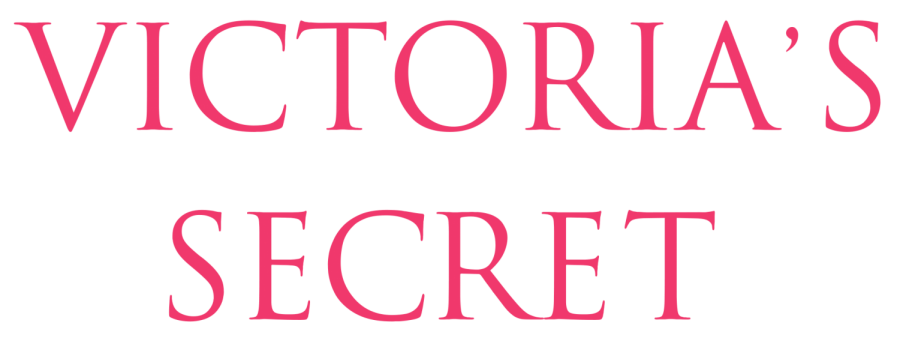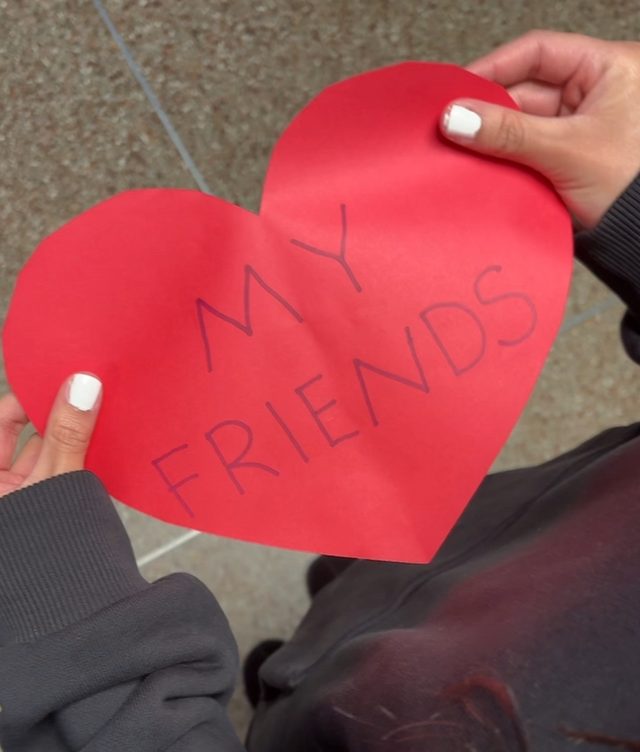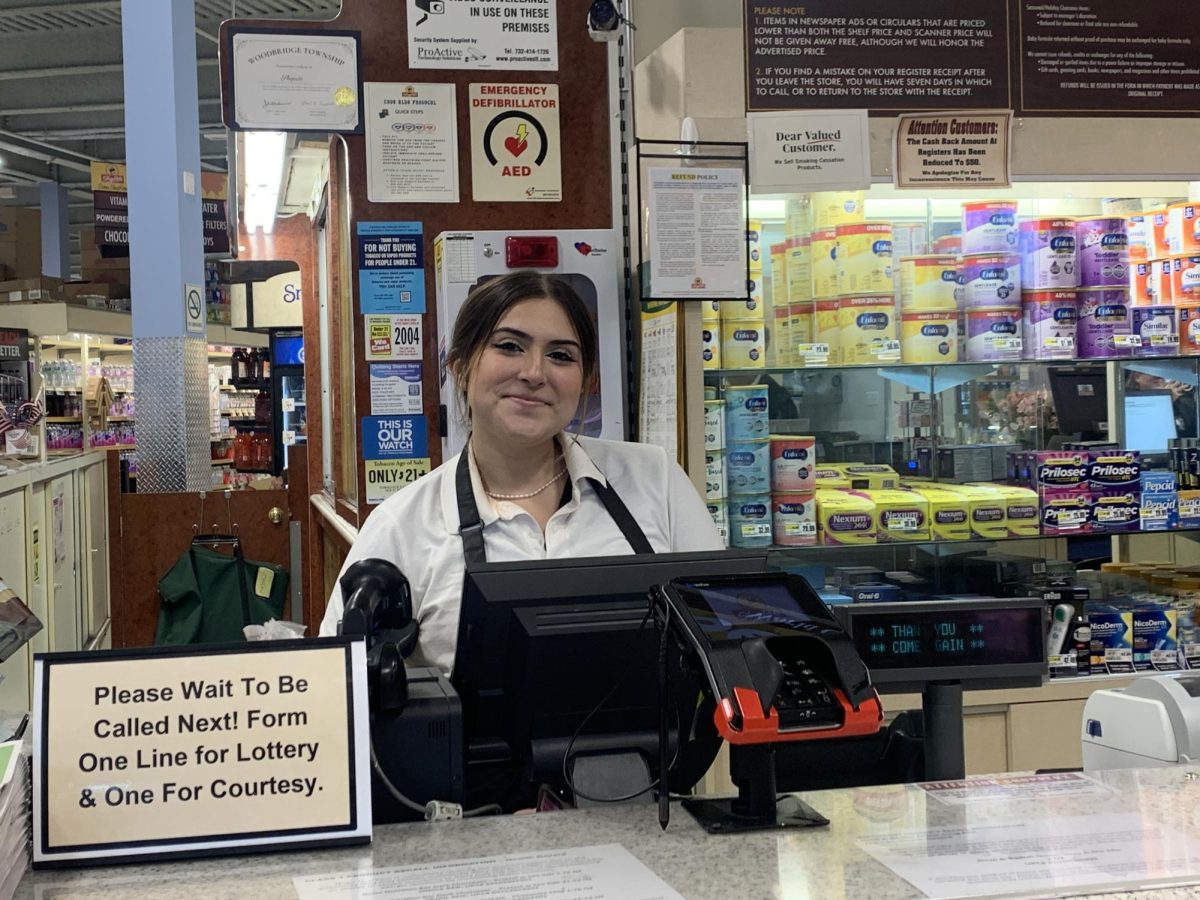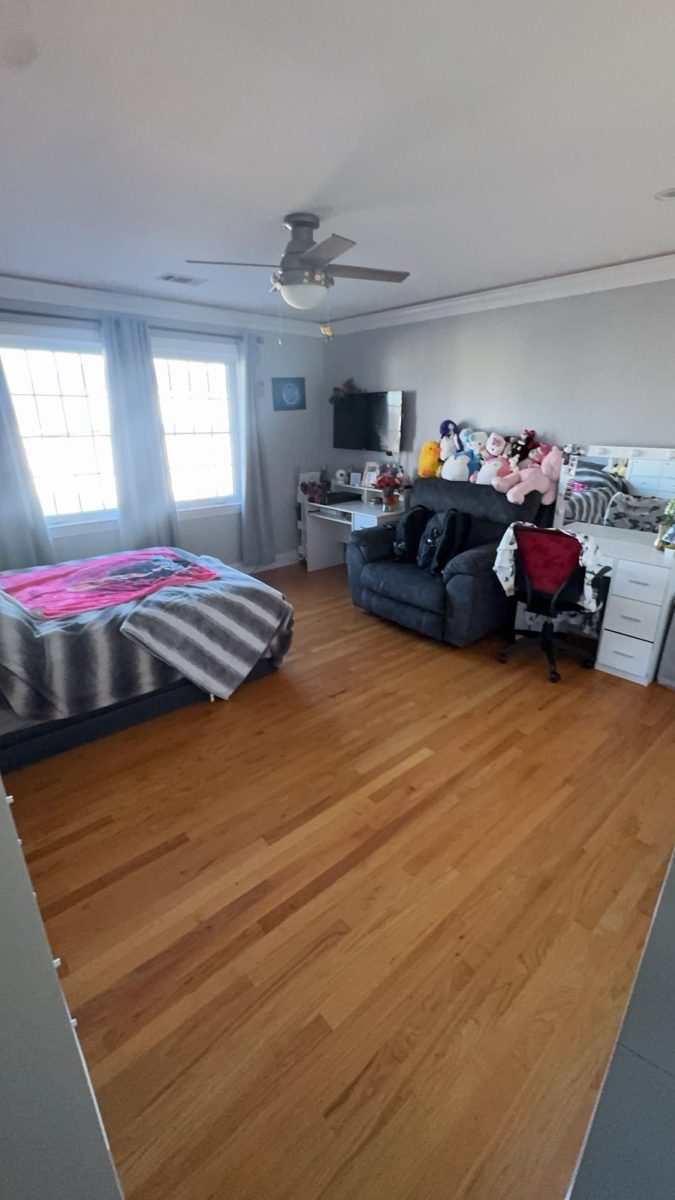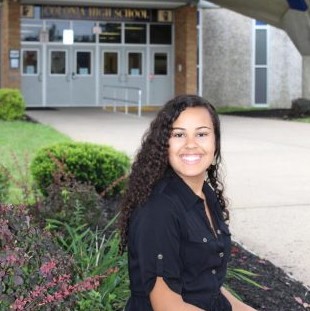Victoria’s Secret has gone under fire for not having any transgender or plus size models in last year’s fashion show. This lingerie company has tried to make it’s runway seem diverse by having more than half of their models be people of color. But the lack of representation of two major communities of people left their audience confused and upset.
A statement about this issue became released by Ed Razek, a chief marketing officer of L Brands, which owns Victoria’s Secret. In regards to the lack of transgender representation and criticism, Razek said, “It’s like, why doesn’t your show do this? Shouldn’t you have transsexuals in the show? No. No, I don’t think we should. Well, why not? Because the show is a fantasy.”
Halsey, an open member of the LGBT member who performed at the fashion show spoke out after the initial recording of the show. She said, “I have no tolerance for a lack of inclusivity.” As a result, Halsey made a donation to GLSEN, which helps protect LGBT youth.
Additionally, Razek made comments about the lack of plus size models stating, “We attempted to do a television special for plus-sizes [in 2000]. No one had any interest in it, still don’t.” Popular plus size model Tess Holiday spoke out about the issue on Instagram by stating, “Who needs VS anyway?! They never supported plus ladies & now they are trying to dis my trans sisters?”
After the backlash for these statements, Razek made a public apology on Twitter. He only addressed the comments about transgender models though. He wrote, “We’ve had transgender models come to castings… And like many others, they didn’t make it… But it was never about gender.”
Razek, to be blunt, is full of it. This is completely some PR statement to attempt to make his brand look better. Let’s talk about what was wrong with these comments.
Did you know that 68% of women wear a size 14 or above? A model’s considered plus size if they are at least a size 10. This technically means that under the industry’s eyes, the average woman is plus size. Having a fashion show that doesn’t represent the average woman but only what they considered to be attractive is extremely toxic. Victoria’s Secret claims that no one would have an interest in plus size models, but I highly doubt this would be true. Having such an influential company represent a whole group of people that’s ignored too often would receive plenty of praise.
In an editorial published by the Washington Post, head designer of Chanel, Kerl Lagerfeld stated in 2009, “No one wants to see curvy women on the runway.” Other designers like Marc Jacobs and Sophie Theallet featured plus size models in their 2015 runway shows at Fashion Week. And, Ashley Graham put out an entire collection of plus-size lingerie in her 2015 runway show.
Part of the reason plus size models are not walking the runway is that designers are not making clothes for women wearing sizes 12 and above. Research conducted by Washington State University found that the average American woman wears between a 16 and 18. According to an article in the Washington Post, companies such as Nike.com only have five items for sale for plus size women and Nordstrom.com has 8.5% of its dresses fit for plus size consumers. Mike Jeffries, chief executive of Abercrombie and Fitch sells nothing larger than a size 10 because “we go after the attractive, all-American kid.” With companies thinking this way, it is no wonder that the runways lack plus size models.
Project Runway, a reality TV fashion competition, added women of all sizes to their show which requires the designers to create clothes for everyone. Tim Gunn, Emmy-winning co-host of the show, put designers on blast recently stating that the fashion industry has turned its back on plus-size women. In an article in TIME, Gunn was noted for saying, “There is money to be made here ($20.4 billion, up 17 percent from 2013). But many designers-dripping with distain, lacking imagination or simply too cowardly to take a risk – still refuse to make clothes for them [plus size women].”
The comment that Razek made regarding transgender people is disgraceful. First of all, using the term transsexuals to refer to transgender individuals is offensive and outdated. However, the whole idea of transgender people not fitting the “fantasy”makes me wonder what his idea of a fantasy even is. Are transgender people not good enough for your runway, Razek? Your apology claims they are, but I highly doubt that. Transgender models deserve such as much representation as cis models. Plenty of other runways are including them, so why isn’t Victoria’s Secret?
Designer Marco Morante made his 2018 New York Fashion Week runway show 100% transgendered and non-binary. He stated, “I wanted to create a space to celebrate trans bodies. This was an opportunity for their presence to be undeniable and reinforce that trans is beautiful.”
Also, Mx. Schafer is a 19 year old transgender model who graced the cover of Teen Vogue and has also modeled for Versus Versace, Mansur Gavriel and Helmut Lang. After receiving gender reassignment surgery in 2012, supermodel Lea T. has modeled for Riccardo Tisci and Givenchy. There are designers and models breaking boundaries, yet Victoria Secret refuses to move with the times.
The society we live in is doing amazing things to create equal representation across the world. It’s companies like Victoria’s Secret that are bringing us a step back. I personally think Razek should be fired for making such statements. Due to this backlash, I have a feeling there is going to be more diverse runways in upcoming years.




